
The existence of educated and skilled workforce, incentives to investors, and the free trade agreements with the Russian Federation and Turkey, as well as developed infrastructure and favourable geographical position were the key factors for Grundfos investment to Serbia.
Industry’s long tradition dates back to 1853 when the newly-built foundry successfully casted its first cannon, marking the start of the Serbian metals/machine building industry’s development, but also of the manufacturing in Serbia. Nowadays, it is still one of the most important sectors of the Serbian economy, accounting for 6% of national GDP, with highly skilled workers, trained to meet European standards.
Companies within the sector vary in size and structure, as the metal processing sector is relatively diverse. Large companies dominate the first part of the value chain, with significant economies of scale (production of primary metals, primary processing of metals), while the companies operating in the processing and manufacture of metal products subsectors are more specialized and customer-oriented SME's. In the secondary processing such as casting, pressing, processing and coating of metals, the share of SME's is 90%.
Metal-processing accounts for 20% of the Serbian exports as it has always been very export oriented and opened to collaboration with foreign companies. Italy, Germany and Bosnia and Herzegovina are the most important markets, while thanks to the FTA with Russia Serbia has a growth of export to Russian market.












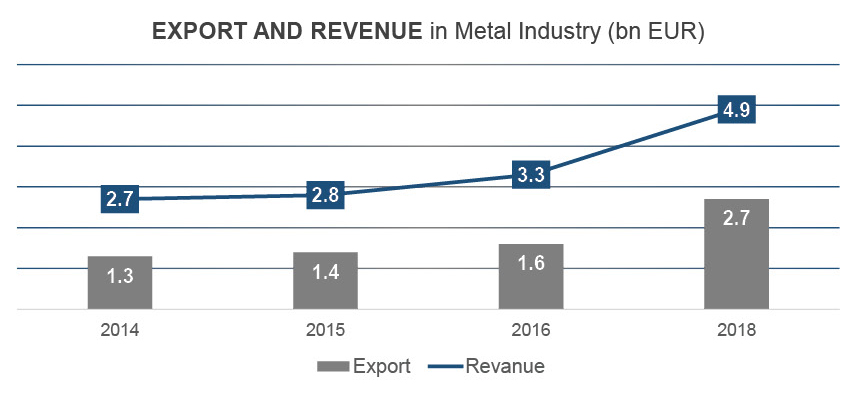
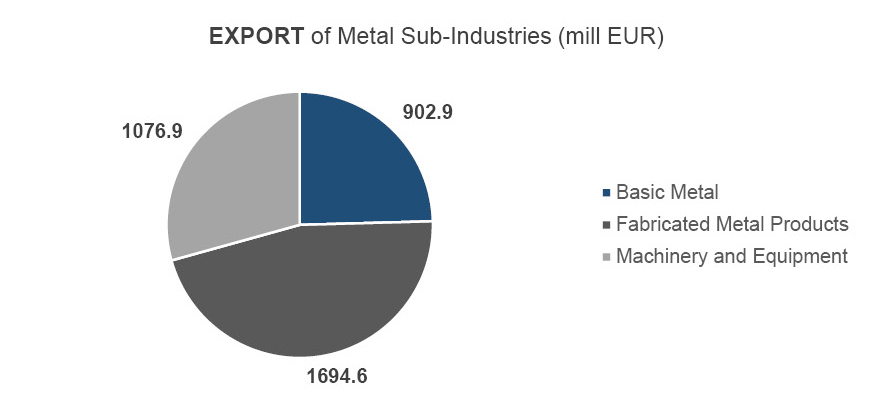
Led by a small number of big companies, such as HBIS GROUP Serbia Iron & Steel and Zijin Bor Cooper, with thousands of employees and robust operations, Basic Metal Production Sector has generated more than €1.2 billion in revenue.
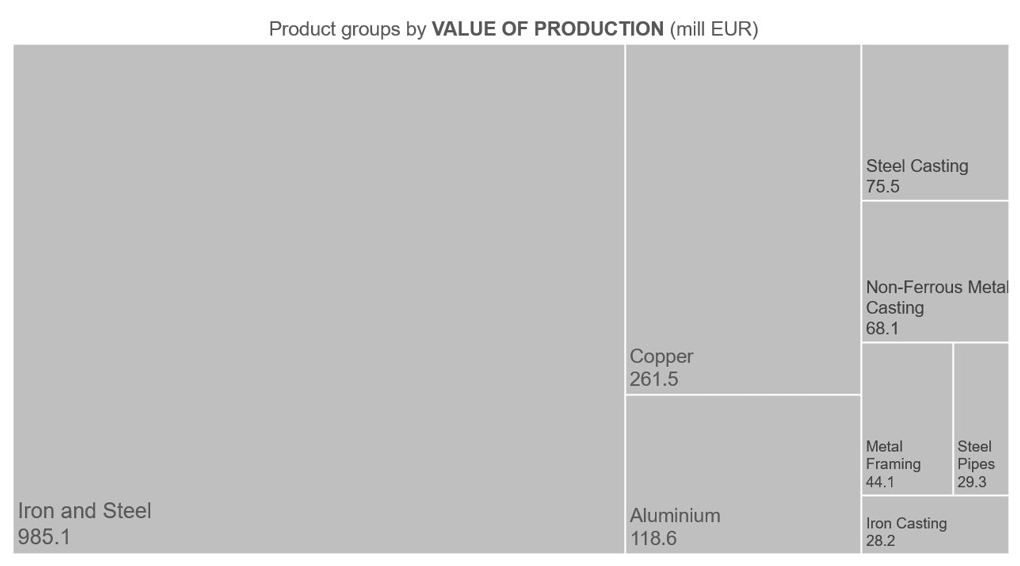
The biggest sub sector according to the number of the employees and companies, consist of a large number SME specialized in forging, stamping, bending, forming, and machining as well as other processes, such as welding and assembling.
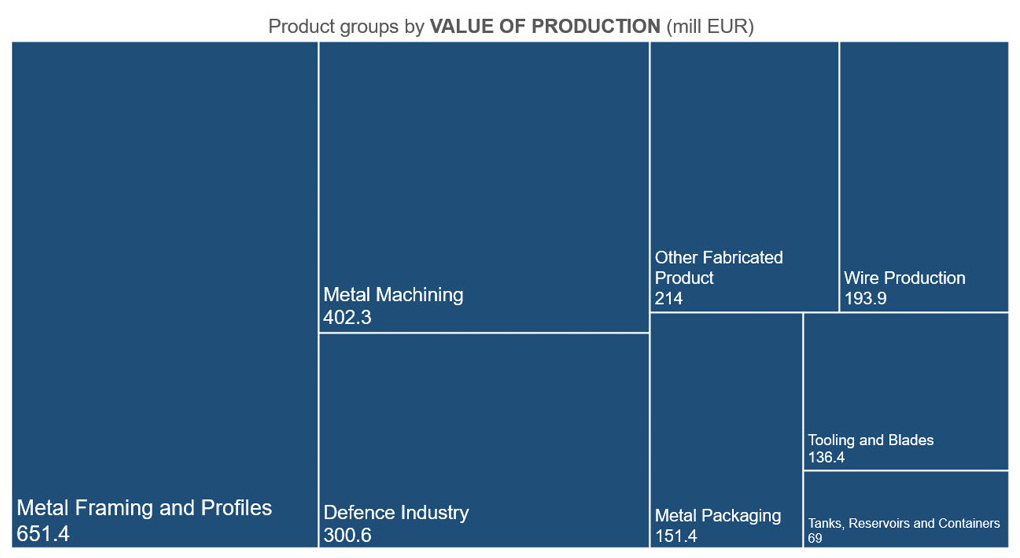
Within the subchapters that follow, the Manufacture of general purpose machinery – production of pumps and compressors, cooling and ventilation equipment as well as lifting and handling equipment was the largest in terms of wealth creation accounting for 57% of the value added generated in the machinery and equipment manufacturing sector.
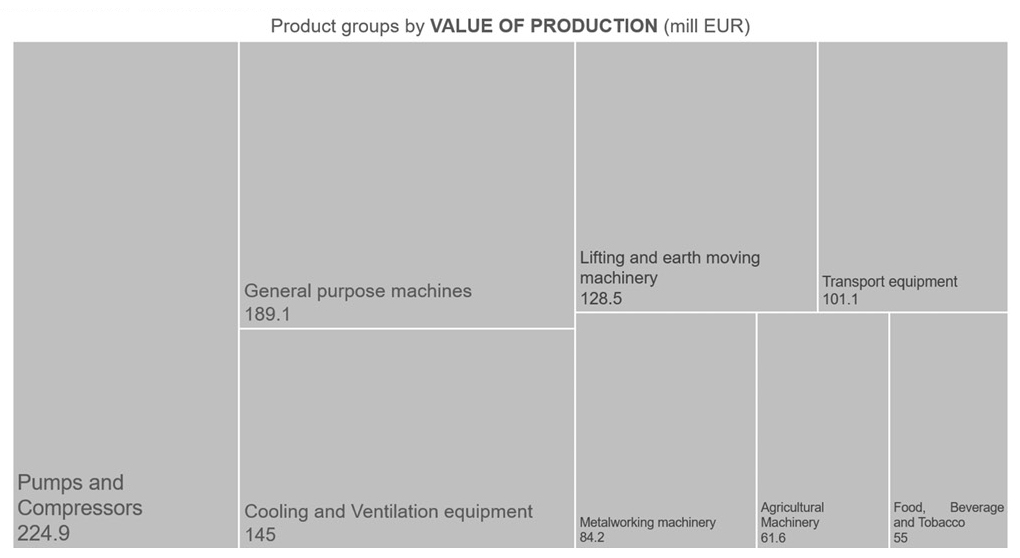
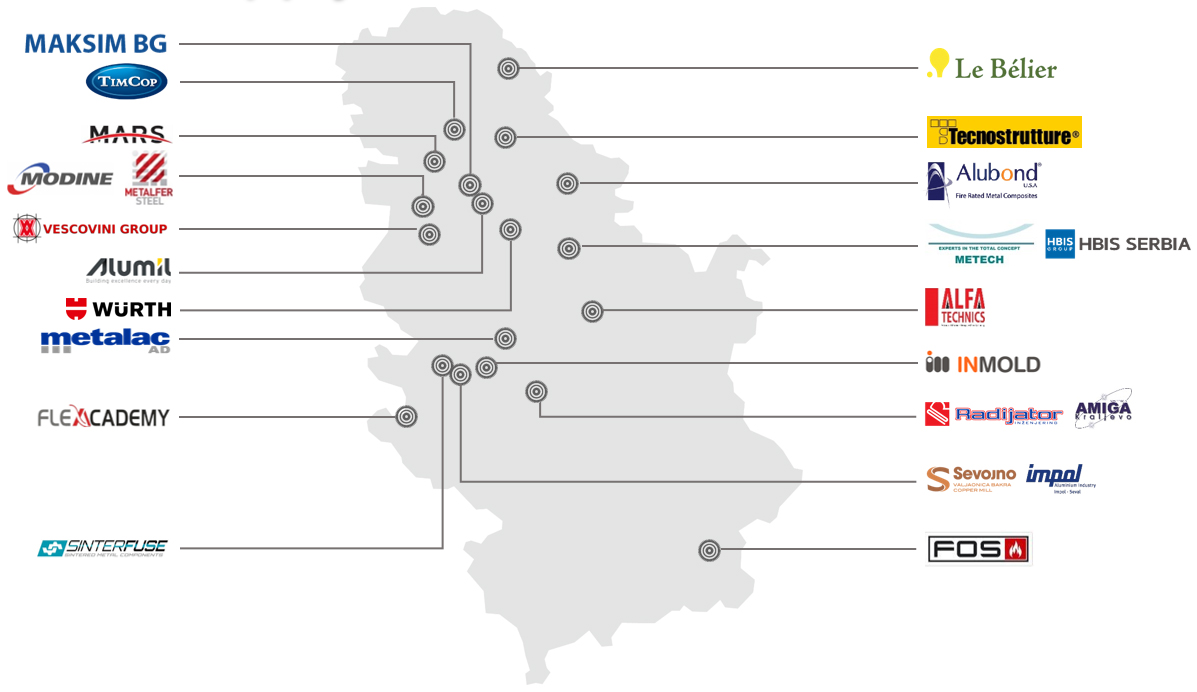
 The Vojvodina Metal Cluster is the most significant metal association in Serbia. VMC was founded
in 2011 by 71 companies and organizations. It gathers 130 members at Presence (103 enterprises
and 27 institutions), of which: 84,6% are from AP Vojvodina, 13,9% from other part of the Republic
of Serbia and 1,5% are from EU (domestic companies with majority ownership structure originating
from the EU).
The Vojvodina Metal Cluster is the most significant metal association in Serbia. VMC was founded
in 2011 by 71 companies and organizations. It gathers 130 members at Presence (103 enterprises
and 27 institutions), of which: 84,6% are from AP Vojvodina, 13,9% from other part of the Republic
of Serbia and 1,5% are from EU (domestic companies with majority ownership structure originating
from the EU).
 The Metal Cluster of Western Serbia was founded in 2014 as a result of the initiative of the
Regional Development Agency Zlatibor and companies that have already cooperated through the
CBC project EUMETAL 2. The cluster consists of 11 SMEs from the municipalities of Arilje, Pozega
and the city of Uzice, characterized by tradition and experience in the metal industry. industry, and
five institutions based on new knowledge.
The Metal Cluster of Western Serbia was founded in 2014 as a result of the initiative of the
Regional Development Agency Zlatibor and companies that have already cooperated through the
CBC project EUMETAL 2. The cluster consists of 11 SMEs from the municipalities of Arilje, Pozega
and the city of Uzice, characterized by tradition and experience in the metal industry. industry, and
five institutions based on new knowledge.